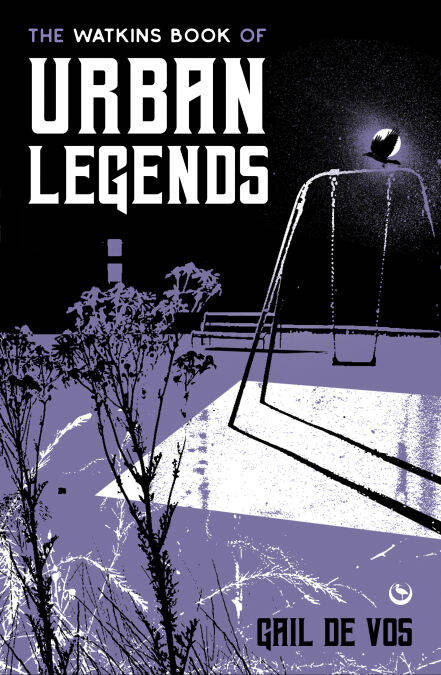
- Afhalen na 1 uur in een winkel met voorraad
- Gratis thuislevering in België vanaf € 30
- Ruim aanbod met 7 miljoen producten
- Afhalen na 1 uur in een winkel met voorraad
- Gratis thuislevering in België vanaf € 30
- Ruim aanbod met 7 miljoen producten
Zoeken
Omschrijving
A comprehensive and entertaining collection of urban legends from around the world, with a history and analysis of the origin of each tale, compiled by a leading authority in the field.
A rich and unique collection of folktales and urban legends from around the world. Each story comes with an accompanying brief note to provide context. Including new tales reflecting new concerns; old tales repurposed for new audiences and new ways of telling.
The collection illustrates that these stories are now alive across many new media. This is the first such popular book to bring together stories with both traditional and digital media origins and to examine how the phenomenon of social media has affected both the spread of urban legends and their very nature.
Features the uniquely modern manifestation of folk mythology and legend, now made ubiquitous by the internet; the conspiracy theory. Includes urban legends such as: The Pickled Hand, The Babysitter, The Sandman. Includes conspiracy theories such as: Wild Fires, Fifteen Minute Cities and Organ Theft. 40% of the stories originate in North America, 30% in Europe, 20% in Asia, 10% in Africa and elsewhere The book also shows how stories spread and change from the country of origin to become global.
A rich and unique collection of folktales and urban legends from around the world. Each story comes with an accompanying brief note to provide context. Including new tales reflecting new concerns; old tales repurposed for new audiences and new ways of telling.
The collection illustrates that these stories are now alive across many new media. This is the first such popular book to bring together stories with both traditional and digital media origins and to examine how the phenomenon of social media has affected both the spread of urban legends and their very nature.
Features the uniquely modern manifestation of folk mythology and legend, now made ubiquitous by the internet; the conspiracy theory. Includes urban legends such as: The Pickled Hand, The Babysitter, The Sandman. Includes conspiracy theories such as: Wild Fires, Fifteen Minute Cities and Organ Theft. 40% of the stories originate in North America, 30% in Europe, 20% in Asia, 10% in Africa and elsewhere The book also shows how stories spread and change from the country of origin to become global.
Specificaties
Betrokkenen
- Auteur(s):
- Uitgeverij:
Inhoud
- Aantal bladzijden:
- 320
- Taal:
- Engels
Eigenschappen
- Productcode (EAN):
- 9781786788870
- Verschijningsdatum:
- 11/11/2024
- Uitvoering:
- E-book
- Beveiligd met:
- Adobe DRM
- Formaat:
- ePub

Alleen bij Standaard Boekhandel
+ 9 punten op je klantenkaart van Standaard Boekhandel
Beoordelingen
We publiceren alleen reviews die voldoen aan de voorwaarden voor reviews. Bekijk onze voorwaarden voor reviews.








